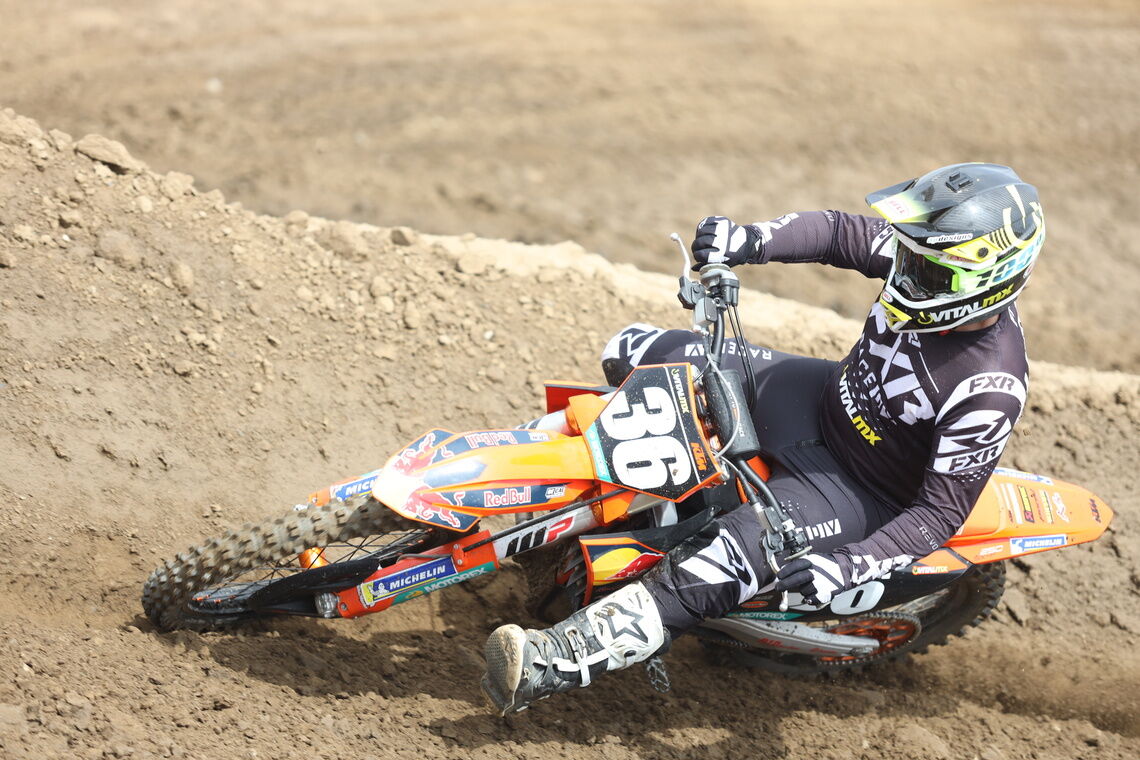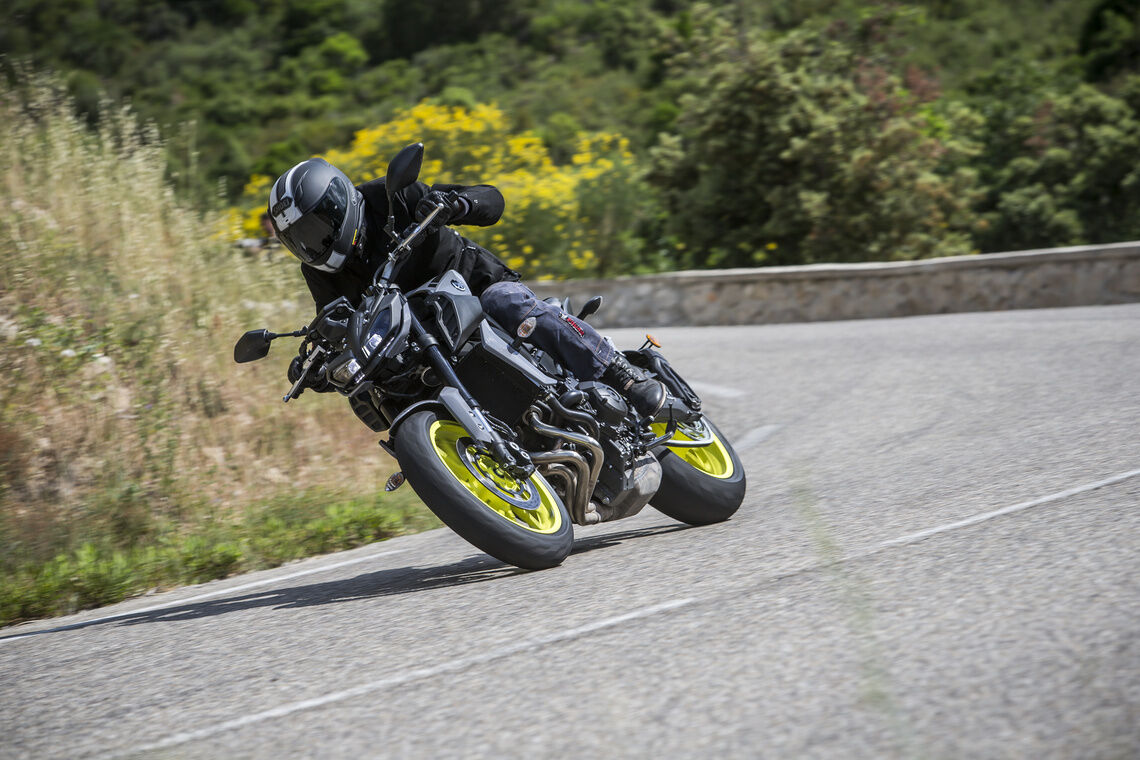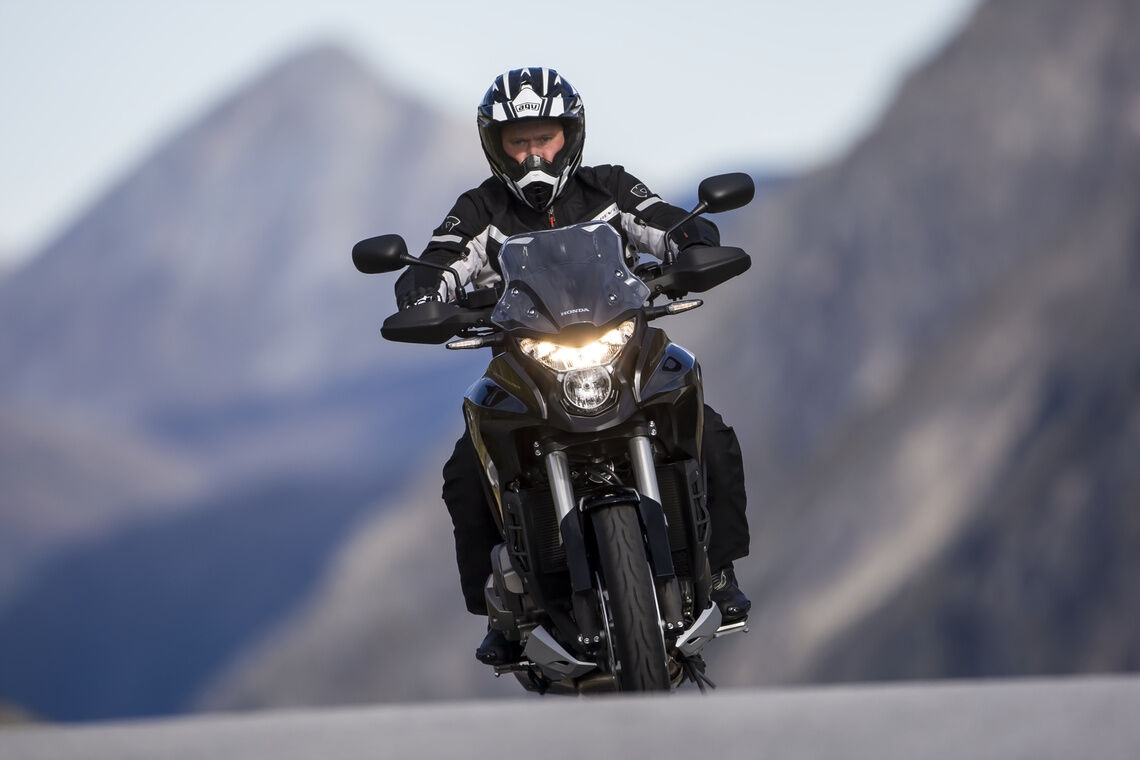How to choose a motorcycle helmet
Which motorcycle helmet is best?
There are many models of motorcycle helmets on the market.
The main ones are:
Full-face helmets
Open-face helmets
Modular helmets
Off-road helmets
Such a wide choice can be confusing if you are a novice. To begin with, it is the use you make of your motorcycle that will help you determine the type of helmet you choose.


Whichever type you go for, keep in mind that it is important that your motorcycle helmet meets the criteria we mention below.
The right size of your motorcycle helmet
A motorcycle helmet that is too small will be uncomfortable. Too big, it will float, and not protect you as well. It is therefore necessary to choose a helmet that fits your head size.
How to measure for a motorcycle helmet?
If you don't know your head size, you can measure your head circumference 2 cm above the ears with a tape measure or a string.
Head measurement for a motorcycle helmet can be made with a tape measure
Then, check if the size indicated on the back of the helmet matches yours. Note that measurements are sometimes indicated by letters, as they are for clothes: S for Small, M for Medium, L for Large...
In this case you can refer to this table of correspondences:
Head circumference | 53/54 cm | 55/56 cm | 57/58 cm | 59/60 cm | 61/62 cm | 63/64 cm |
Helmet size | XS | S | M | L | XL | XXL |
Choose a comfortable helmet
Once you have found a motorcycle helmet that fits, try it on.
It should not move when you shake your head and you should not be able to remove it without undoing the chinstrap. It is also important that you feel comfortable in it.
Be aware of the slightest discomfort
Keep the motorcycle helmet on long enough at the fitting to detect any discomfort.
You should not feel any unpleasant pressure on your temples, forehead or neck. If discomfort is felt in these areas at the first fitting, it may get worse over time. You should then try another motorcycle helmet. There is only one area where you should feel tight and that is in the cheeks. At first this may seem uncomfortable, but the foams will settle over time, which will increase comfort without losing support.
Note that even if the size fits, some models may feel uncomfortable because of an incompatibility between their shape and your morphology. There is nothing you can do in this case, except to try others.
Check the accessories
Manipulate the sun visor, the vents and other accessories to ensure that everything is easily adjustable.
Tighten the chinstrap to check that it does not bother you (you should be able to put two fingers between the strap and your chin).
Put on your glasses
If you wear glasses, make sure you can wear them with the helmet without being uncomfortable. Some motorcycle helmets have grooves that allow the temples of the glasses to be inserted.
Check the weight of the helmet
The weight of a motorcycle helmet can vary according to the materials used: there are polycarbonate helmets which generally offer a good quality/price ratio, fibre helmets which are more resistant and multi-fibre helmets which are both resistant and light.
We recommend that you keep an eye on the weight criterion as it is important for your comfort. A motorcycle helmet that is too heavy may be uncomfortable on long journeys as it puts pressure on the neck. On the other hand, a helmet that is too light may be unbalanced, with the weight either too far forward or too far back.
Ideally, an adult helmet should weigh between 1.2 kg and 1.4 kg.
The field of vision
Once you are on the road, your motorcycle helmet should give you the widest possible field of vision. Check this by making sure that your eyes are centred on the helmet opening.

On the road, your motorcycle helmet should give you the widest possible field of vision
Helmet ventilation
Ventilation systems are important for clearing condensation. If they are of poor quality, it will be difficult to clear the fog in cold or wet weather and you may get too hot in summer.
The downside is that a well ventilated motorcycle helmet is noisier, so it's all about finding the right compromise. Open-face and modular helmets do not have a chin guard and are therefore noisier than a full-face helmet.
Note that many helmets are now equipped with an original Pinlock screen (a flexible plastic lens placed against your visor that absorbs moisture and offers effective anti-fog protection).
Helmet materials
We recommend that you choose a motorcycle helmet with quality materials with thick, hypoallergenic foam. Also, prefer removable interiors that are easier to clean.
The chinstrap tightening system
There are different systems for tightening the chinstrap: with a double-D buckle or a micrometric buckle.
The double-D buckle is mainly used in competitions because it is lighter yet effective. It is characterised by two metal D-shaped buckles. The strap is threaded through one buckle and then through the other buckle in the opposite direction.
The micrometric buckle is easier to adjust and handle. It can be released with one hand.
In terms of security, both systems are equally effective. You should choose according to your comfort.
The look of the motorcycle helmet
Of course, for some people the look of the helmet is important. Your eye may be drawn to a helmet model because of its design, shape or colours. But don't forget that safety and comfort are paramount.
Ladies motorcycle helmets
Some manufacturers offer motorcycle helmets with thicker cheek foams to compensate for the thinness of ladies' faces. Again, it is a matter of trying and finding the helmet that will provide good comfort and safety.
Children's helmets for motorcycles
For children, we recommend opting for the best possible safety by choosing a full-face motorcycle helmet which will provide better protection. However, be careful with the weight of the helmet, as children's necks are not yet fragile and should not be overloaded.
Other important points for the best possible security
The motorcycle helmet is the first essential piece of equipment for your protection when riding, but it is not the only one. It is also important to choose the right motorcycle gear for your use so that the rest of your body is also protected.
Also, remember that tyres are the only contact points between the road and your motorcycle. For your safety and peace of mind, choose them wisely before relying on them.